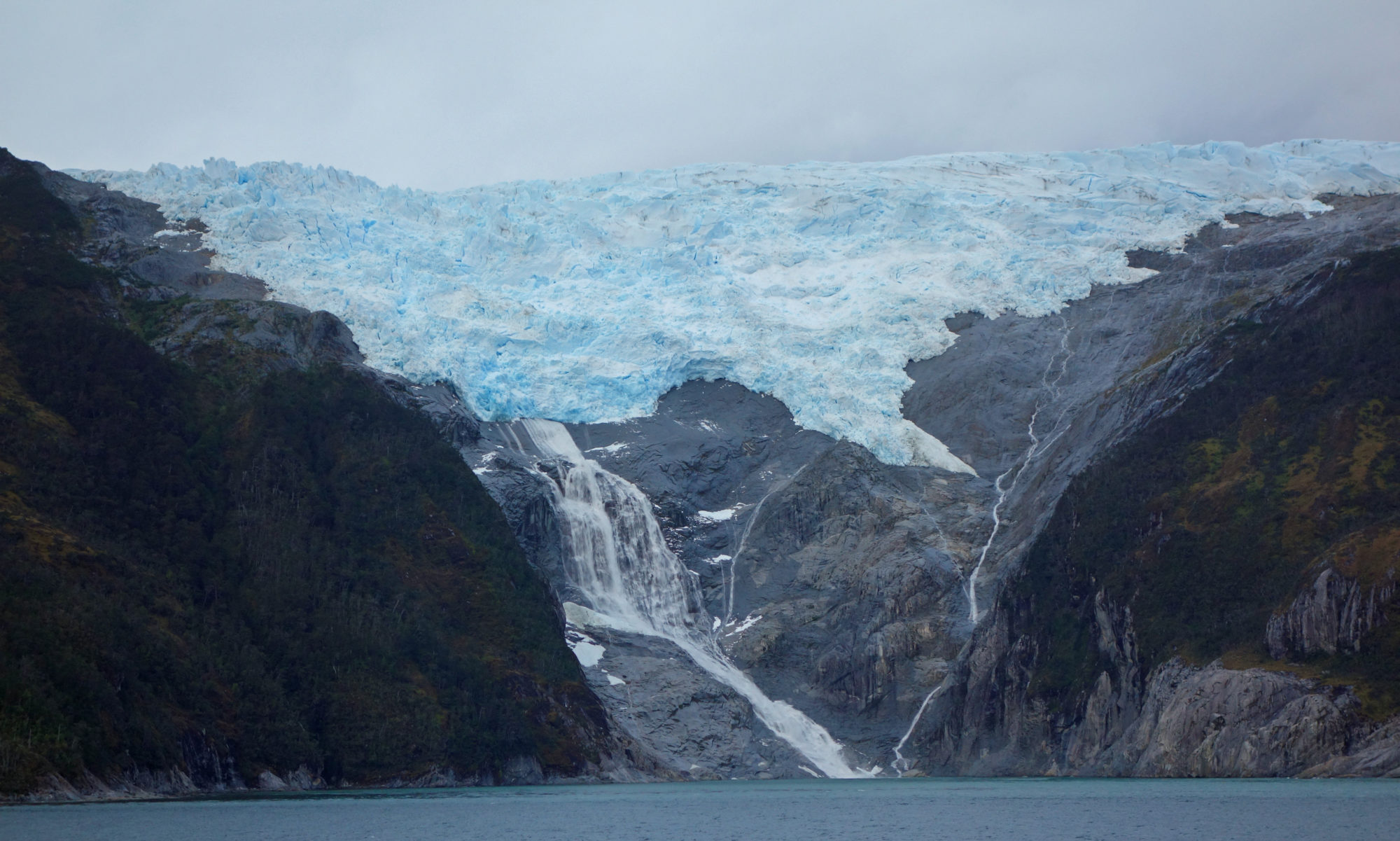US President Donald Trump dumped America’s involvement in the 2015 Paris climate accord on 1 June 2017. In doing so, he fulfilled an election pledge but also sealed the fate on a global climate change strategy. We have been trying to achieve one since the 1992 Rio Earth Summit without a lasting agreement involving all major emitters.
His pullout is unlikely to result in more coal jobs in America, nor will it stop America’s progress towards a lower carbon dioxide intensity economy. It is likely. However, that progress will be slower and it is possible that other countries will follow suit.
In May, the US Energy Information Administration reported that carbon dioxide emissions from electricity generation was the lowest in 2015 since 1993 – and 21% below the 2005 level. The amount of electricity generated from coal powered stations peaked in 2005, displaced by natural gas (which emits 60% less carbon dioxide per kilowatthour of electricity) and renewables. In 2015, coal provided 34% of total electricity generated, natural gas 32%, nuclear 20%, and renewables 13% (up from 8% in 2005).
Of more concern is the possible return to the debate about whether the climate is changing and whether we should do anything at all about it. The re-emergence of anthropogenic climate change denial may slow progress and in particular, prevent bipartisan agreements on government strategy in countries like Australia. This appears to be happening, threatening a repeat of bitter political fighting over the issue of emissions trading in the US and Australia in 2009 which resulted in an absence of effective long-term national strategy in both countries.
While we should continue to achieve a global accord, we need to increase efforts aimed at resolving the issue of climate change in the absence of one. Indeed, other governments (federal, state, and local), companies, and individuals will need to step up their efforts to reduce emissions. There is some evidence that this is happening.
This is a short extract from a book I am writing about how we can effectively deal with climate change, even in the absence of an international agreement – or in the case of Australia and the USA, without even a national agreement.
